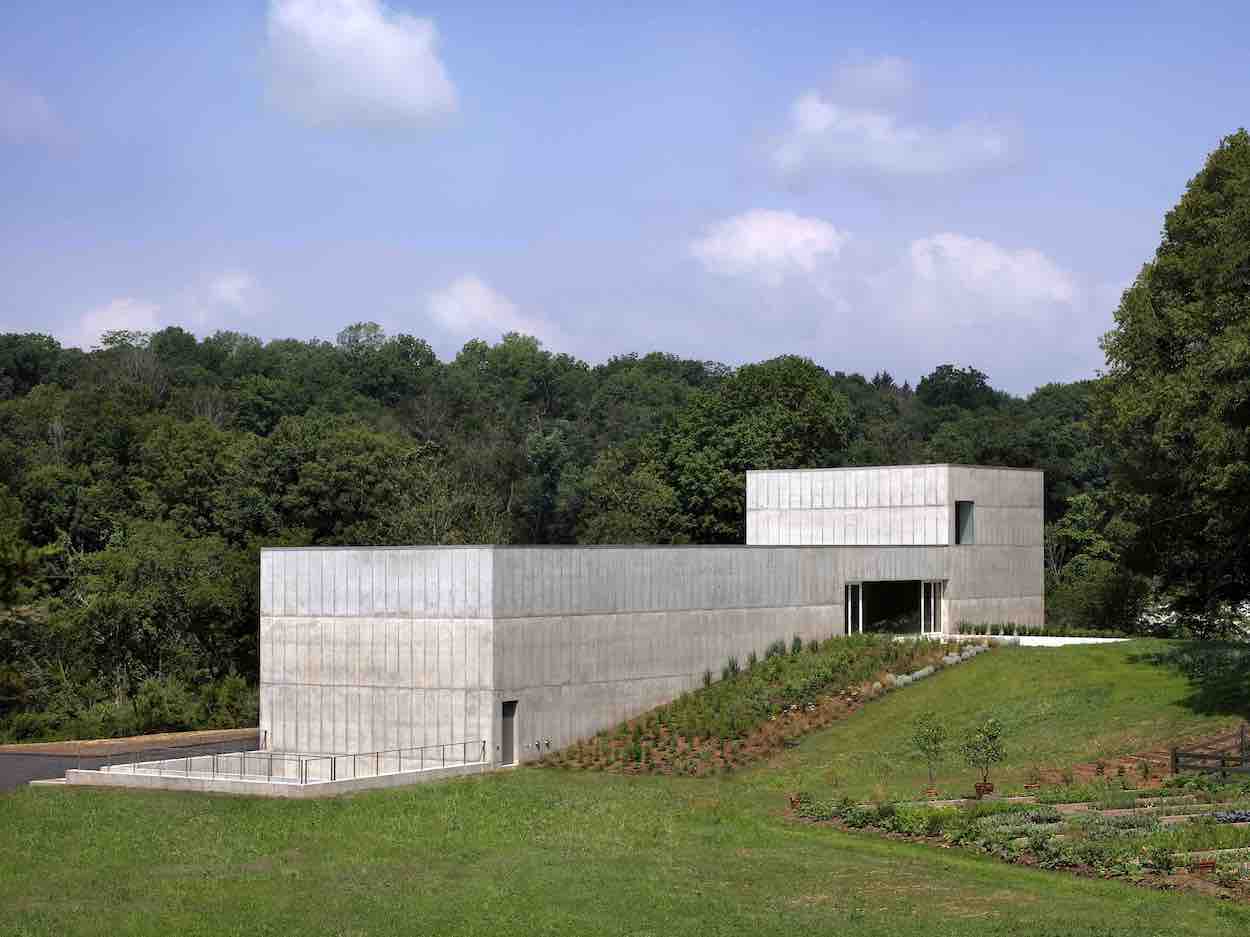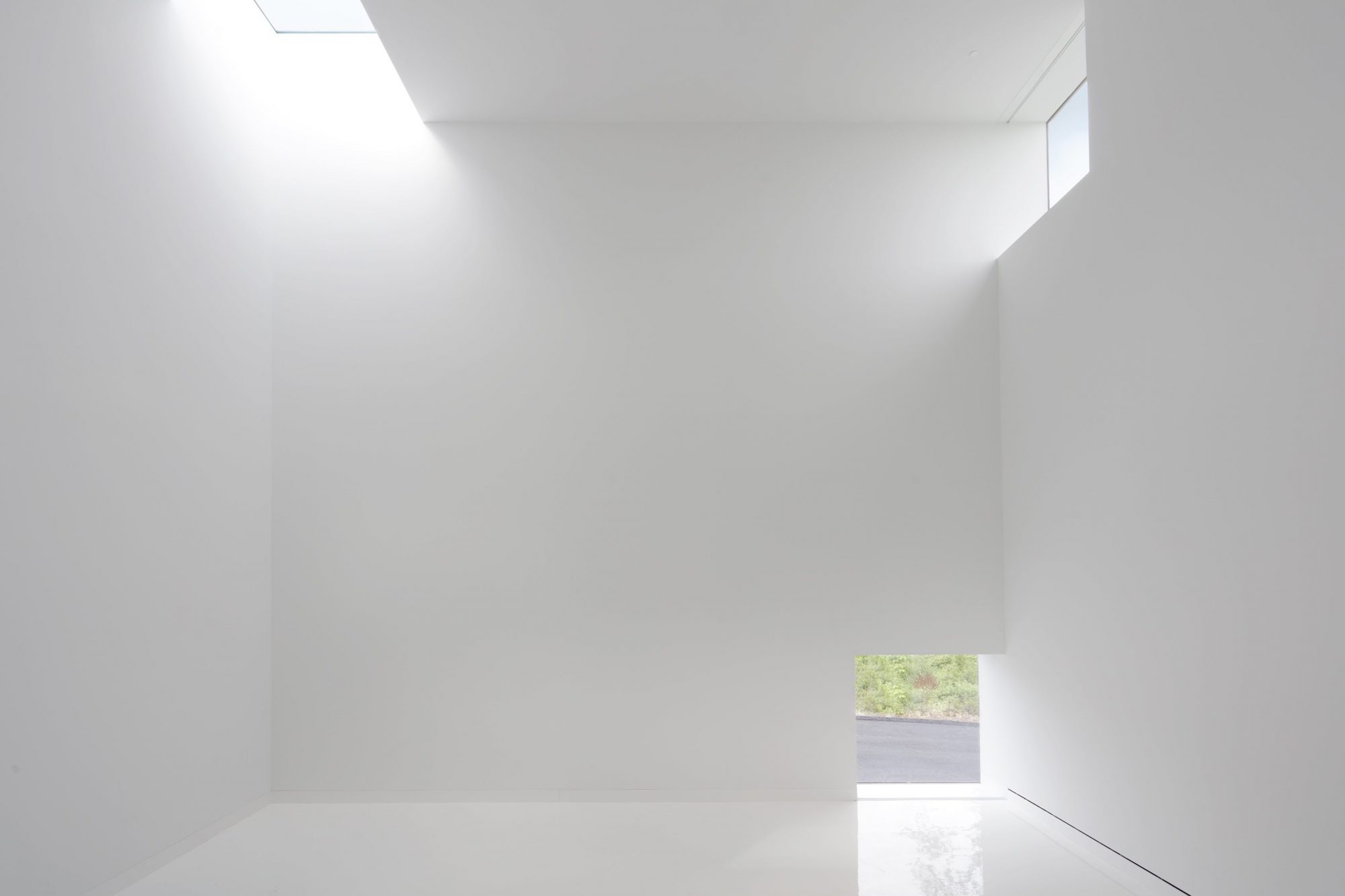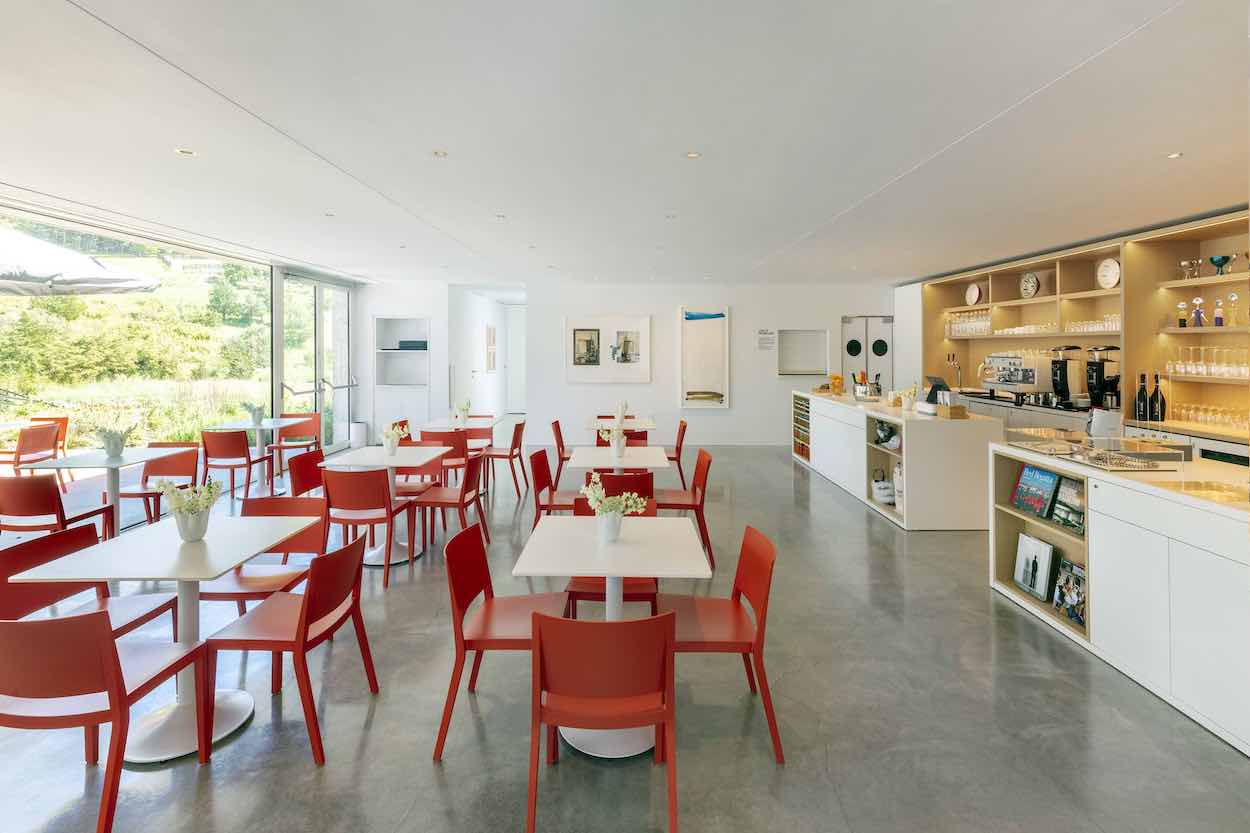Over the past seven years, Magazzino Italian Art and its co-founders, Nancy Olnick and Giorgio Spanu, have transformed the upstate New York village of Cold Spring into a national destination for post-war and contemporary Italian art. As life partners with a considerable art collection, the duo laid the groundwork more than a decade before Magazzino opened its Miguel Quismondo–designed building in 2017.
From 2005 to 2015, the Olnick Spanu Art Program and its residency invited Italian artists to find inspiration in the grounds of the couple’s upstate residence designed by Baeza and overlooking the Hudson River. The only caveat? That the work embody the spirit of Arte Povera, a radical art movement that swept across Italy in the 1960s on the basis of using rocks, twigs, and scrap textiles instead of canvas, paint, and marble. Every September, the works were unveiled and celebrated on the property.
Under director Vittorio Calabrese, the institution has hewed closely to the precedent established by the Olnick Spanu Art Program: It retains the country’s largest public collection of Arte Povera. City-dwellers, locals, and notables like the Italian Ambassador to the U.S. turn out in droves for its late-summer soirées. Its founders continue to work with Baeza and Quismondo to fashion a campus worthy of its legacy as America’s sole museum dedicated to contemporary Italian art.
“We built the Robert Olnick Pavilion like a poem: a white cube traversed by light,” Baeza says. “The main space will embody the beauty of the artwork it exhibits, and with an isotropic design that carves an opening into every corner, each detail will be touched by magnificent sunlight. Not unlike the excitement of birth, it is with great anticipation that we deliver this second building to the museum.”
The new pavilion, named after Olnick’s father, hosts three of the museum’s six current shows: paintings by Mario Schifano, Murano glass by Carlo Scarpa, and paintings and sculpture by Ettore Spalletti. Café Silvia, helmed by Lodigiani chef Luca Galli, adds a culinary garden to the five acres of bucolic grounds. The space afforded by the additional 13,000 square feet of infrastructure stands to make all the difference as the museum expands its audience beyond the art world. On that note, soaring ceilings and scant windows create a rare experience of feeling alone with art. The convenience of sitting down for a hot meal eases the logistical hurdles of those trekking up from the city. Crucially, the extra space can expand the institutions’ purview beyond its founders’ art trove with works on loan from outside collections.



